There are over 3 million advertisers on Facebook. It’s a good bet that at least a handful of them are your competitors.
When it comes to making a standout ad, it’s not enough to get the copy and design down pat. Your ad needs to have an advantage.
The best way to get that advantage is to do research up front with your competitor’s customers.
Yes, it takes time and effort. You’ve got to find the right people to talk to about their needs. You’ve got to ask the right questions. You’ve got to analyze all the data that comes out of the research.
That’s exactly where your competitors can help you.
They can help sharpen your research towards finding out how your marketing can be different.
So… you want to be a Facebook ads spy. But before you start, know that there are better and worse ways to find out what your competition is up to.
In this update, we will explain why competitive analysis is important and how to run it, we’ll examine real-life examples and, if it’s not enough, we also suggest you 6 tips on how to spy on your competitors’ ads and get valuable insights to make your ads even better.
Are you ready to start?
What Is A Competitive Analysis?
In layman’s terms, a competitive analysis is snooping on the competition to see what they’re up to. In this case — what kind of ads are they releasing on Facebook?
Competitive analysis isn’t simply about keeping tabs on your competitor. It’s about using your competitor as a means of reaching their customers. Your competitor’s customer feedback holds a wealth of opportunity to make your Facebook marketing strategy more precise and hard hitting. In the end, analysis saves you time on split-testing and valuable ad spend.
Competitive analysis results in specific cues about what design, audience, and copy choices to make in your ad. Give your marketing a leg up: you’ll know what to put in an ad that’ll attract people to your product, away from the competition.
Here’s how to run the analysis.
1) Ask people about how they currently get the job done.
The Jobs-to-be-done framework is a way of thinking about your product, and a useful way to approach marketing. It asks: what is the task that your customer wants to complete? Will your product help complete that task?
Asking people about how they currently get this task, or “job,” done tells you who your competitors are. Some questions to ask are:
- How do they currently get a certain task done?
- What apps/services/brands do they turn to?
- What tools do they use?
- What solutions are people coming up with/hacking together?
You can find people through personal networks, email signups, blogging, and even paid acquisition.
Remember that not all competition is direct. Asking people about how they get the job done currently can tell you about their alternative solutions, too.
2) Find The Competitor With Product-Market Fit
This is the competitor that has found a good market for their product. This is the competitor whose customers you should pay attention to, since their interest in using your competitor’s product is established. Finding this competitor can also reveal the types of customers that the competition is targeting.
Survey your customer segment with Sean Ellis’ product/market fit question: how would you feel if you could no longer use [the competitor’s] product? If over 40% of the people surveyed said they’d be “very disappointed,” then that’s the competitor with product/market fit.
3) Interview your competitor’s customers
Your competitor’s most dissatisfied customers have a lot of insight into where your product can do right. That’s why you should interview them for more information about your customer’s weak points. Try to tease out the events that caused them to hire (and fire) the competitor’s product.

The graph above shows important points in a customer’s thinking which can be recovered during an effective interview. The line moves left to right, as the customer moves from their first thought through active and passive consideration, until they decide to purchase the product. Along the way are events that triggered a change, or development in thought.
When a dissatisfied customer “fires” a competitor’s product, you can use this timeline as a framework to the events that led up to their breakup.
Running a competitive analysis is a strong way to begin your marketing scheme. The results of the analysis include a clearer target audience, and a wealth of raw data about your competitor’s weak points.
You have your results. How do you use those findings to better market your product?
Green Chef – Use Color to Show Your Values
Customers value more than what’s on the surface. A competitor might have a standout product that gets the job done, but if the business doesn’t espouse the right values for its product, customers will take notice.
Your advantage comes if you can express the right value in your ads before anyone else does. One way to do that is through color.
The meal-in-a-box service industry is booming. It’s convenient and just plain fun to make a meal without the work of lugging home and prepping ingredients.
Blue Apron was the breakout star of the industry, delivering 5 million meals a month in 2015.
Once people opened the Blue Apron box, it became clear that there was a lot of packaging—much of which was stuff that was hard to recycle.
The waste of making a single meal, not to mention the carbon footprint of shipping meals all over the country, had customers concerned about just how eco-friendly Blue Apron really was.
In stepped Green Chef.
Green Chef makes its eco-friendly value known by using color to signal their businesses’ value: a commitment to being eco-friendly. Green is associated with nature, and also functions to whet people’s appetite more than a color like blue…in the Blue Apron ads.
Thinx – Use A Really Convincing Customer Testimonial
Analysis can tell you that your greatest competitor might be an alternative solution to a problem, not a direct competitor.
For menstruating women, there are a whole array of feminine hygiene products marketed as potential solutions to managing their cycle. Thinx used the customer testimonial to market its absorbent underwear as the way to go about your life while menstruating. It was a personal strategy—for a personal product.
Thinx underwear competes with tried-and-true feminine hygiene products, so the ad is designed to stand out by having a more modern sensibility. The copy emphasizes a new and revolutionary experience, with “what I discovered” and “too good to be true.” A subtle dose of user skepticism lends authenticity to the experience. The personal review article that’s featured as copy brings viewers to the Thinx home page.
Thinx made its ads personal through clever, authentic copy aimed at a millennial audience.
Dollar Shave Club – Leverage A Competitor’s Brand
If your competitor is well established with a certain product, it’s an attention-grabbing move to mention their brand by name in your ad. Dollar Shave Club did just that in their razor ads.

Gillette was founded in 1901. Dollar Shave Club was founded in 2011. By using Gillette’s 100+ years of street cred, Dollar Shave Club drew the attention of an extremely wide audience of people who make the razor association with Gillette. The copy is snappy and enticing–––it makes “the Club” provocative, inviting the audience to answer the mystery of a razor better than Gillette.
The structure of the ad does this particularly well–––the addition of the ad collection format emphasizes the product’s design focus. A razor company that demonstrates an investment in design is enticing to people for whom shaving is a daily experience.
Dollar Shave Club reached 1.6 million people during this ad campaign, with a 1.5X increase in subscriptions.
KFC – Use Customers’ Locations To Up Convenience
Running an analysis isn’t only about finding dirt on your competitor. It’s also about knowing what your competitor is doing right.
When it comes to the fast food industry, convenience is king. But not every brand can invest in building new brick-and-mortar stores all across the country. Luckily, businesses can take up the mantel of convenience by bringing the product to customers with location technology. KFC made the most of its Facebook ad campaign by using geolocation to target customers close to KFC restaurants.
Source: Facebook Business
The ad packs a double punch: a delectable solution to your hunger pang, plus a call-to-action to “Get Directions” to the nearest location. The ad shows that KFC is so convenient that you can get to a Zinger in the very moment you see the ad. KFC geolocation has already done the work (getting directions) for customers.
Tailoring your ad to the customer’s specific location makes your product a faster hire for the job they want done—in KFC’s case, a quick hot meal.
American Eagle – Offer Customer Service Your Competitors Can’t
If your competitor lags behind in responses to their customers—whether it’s for troubleshooting, shipping problems, or just answering a question—your ad is the right place to make your customer engagement clear.
American Eagle Outfitters, a clothing retailer for young people, elevated their customer engagement by expanding its reach into Facebook Messenger. They developed two bots for Messenger in time for the 2016 holiday season, and made the new Messenger features clear through a video demo. Their competitors weren’t offering this kind of quick customer service through Messenger, which allowed American Eagle to powerfully differentiate themselves.
Source: Facebook Business
New features included customer service, branded content, and clothing fit/care. This allowed American Eagle to engage with customers through Messenger, which they observed was a place where many people already spent a lot of time.
In the world of online clothing shopping, attention to detail makes the difference between a great purchase and an unusable one. American Eagle targeted their online shoppers with personal, detail-oriented service that would make a difference in their shopping experience. Through this campaign, 4 million messages were exchanged, with a 25% click-through rate from Messenger to the American Eagle website.
How to Use Analysis Results to Design Facebook Ads
To make the most of your ad(vantage), you’ll have to translate your findings into specific points that will make your ad different from the rest. It’s crucial to identify that difference, since it’s often the deal breaker for customers choosing between you and your competitor.
Luckily, you’re the one who’s done your research. To spin your findings into actionable marketing choices:
- Identify the customer’s pain point. Whether your competitor is missing a useful feature, has horrendous customer service, or espouses the wrong values, their customers have particular pain points that you should make note of. Take stock of which ones your product can actually address, and which ones are appropriate to bring up in the context of a Facebook ad campaign.
- Hypothesize a solution to the pain point. Your solution to your customer’s pain point (the competitor’s problem) is what your ad will be about. It’s important to keep the solution as specific as possible as you’re going into the actual design stage. More on that step below!
- Identify the right Facebook ad strategy. There are hundreds of strategies that will elevate your ad—luckily, Adespresso. Has. Got. You. Covered. Part of your strategy can also incorporate observations about what your competitor’s ads look like. What copy and visuals are they working? How can you make your ad different from theirs?
- Bake the pain point/solution into your ad strategy. Whether you’ve decided to work with color, copy, or placement, remember your solution to the customer pain point. Making the solution (or, in some cases, the pain point itself) clear to customers will be the magical difference for your ad. The strategy should incorporate that specificity in the general ad design.
Now you’re ready to go forth and design your ad!
Competitive Analysis Gives Your Ads an Advantage
Getting an advantage depends on two things: what insights you have into your customer, and how fast you can act on those insights.
Research gives you an advantage over your competitor, but competitive analysis is not about your competitor. It’s ultimately about your competitor’s customers.
The more research you do, the less time/money you need to spend iterating your Facebook ads. You’ll know what works and what doesn’t from the get-go.
Is your competitive analysis giving your ads a massive leg up? Do you need some more ideas? Keeep on reading to discover 6 tips on how to spy on your competitors’ ads and get valuable insights to make your ads even better!
6 Ways To Be An Expert Facebook Ads Spy
Most people think the best way to get information on their competition by using third-party tools that rely on thousands of fake accounts generating equally fake clicks—it’s not.
A good Facebook ads spy knows that Facebook and other social media platforms present great opportunities to learn about what your competitors are doing. There are also some secret tools are hidden in plain sight, available to anyone, with some even built into the platform. You just need to know how to find the very best tools and collect all your competitor’s Facebook ad best practices into your spy suitcase.
- Ask Facebook about the ads you’re seeing in the News Feed
- Browse Facebook ads galleries
- Start following your competitors and their ads on Facebook
- Spy on your competitor’s Facebook audience
- Keep your eye on your competitors’ PPC ads
- Go beyond paid advertising
1. Get Facebook to Tell You About Your Competition
The best spies don’t make people give up information, they get people to give them information. It turns out, you can get Facebook (and your competition) to give you valuable information about their targeting strategy. A great Facebook ads spy doesn’t need to charm Facebook to get it to reveal important information about their competition: these tools are available to anyone.
How to Spy Facebook Ads
Facebook Ads allow users to give feedback with a little X mark in the upper right corner of each right column ad, and through the V in the upper right corner of every Newsfeed ad. Users can tell Facebook to show them different ads, let Facebook know they found an ad useful, or pose the question “Why am I seeing this?” It’s this last option that gives you a clear path to spy on your competitors’ ads.
You’ll get at least one key insight, and possibly more, on how they’re targeting people, whether it’s based on geography, demographics, or interests—and these can get pretty specific.
In this case, you can see who Verizon thinks would be interested in a new tablet—people from 18 to 49 in the “Technology early adopters” audience. This can help you refine your Facebook target audience so you have a better shot at stealing consumers right out from under their nose. Moreover, this insight will help you set a different battle plan and avoid advertising your product against Verizon altogether.
Here’s another example for a totally different market, an online delivery service targeting bouquets of roses to men with the relationship status “Unspecified” on Facebook.
If you’re also in the market of delivering fresh flowers to customers, and it’s approaching Valentine’s day, you can see this as a way to gain an advantage over the competition by drilling down your targeting to more effective demographics. You could swoop in and reach more customers by targeting your ad for Valentine’s day roses to people in a specific place, a narrower age range and, who are, in Facebook speak, “in a relationship.”
If your competition is trying to cast a broad net, Facebook will tell you. Armed with that information, you’ll be able to drill down like a real Facebook ads spy and smartly target the narrower subset of people who are really interested in your product or service.
2. Find What’s Already Out There
Spying doesn’t always feel good. After all, your mother probably didn’t raise you to steal secrets. But even if you have misgivings about being a Facebook ads spy, what if you just happen to find valuable information where anyone can see it? Is it even spying when it’s all there in plain sight?
Don’t go looking for new and creative ways to tap into your competitor’s ad strategies until you do the simplest work and see what’s already out there. Maybe they’ve referenced successful ads in a blog post, or someone’s put together a list of ads in your field. Regardless of how you do it, use what’s already out there to start getting inspiration and tracking trends in how your competition is designing ads.
How to Spy
Facebook used to have an Adboard that could list out dozens of ads based on your particular profile. Perhaps because it made it too easy for marketers to spy on the competition, they took it down.
But there’s another way. If you’re looking for tons of Facebook ad examples, AdEspresso’s Ads Gallery has over 15,000 ads searchable by keyword, placement, industry, goal, or attributes, all submitted and categorized by AdEspresso users around the world.
Let’s say you’re company makes custom sunglasses, and you want to advertise a big sale to kick off the summer. You want to show off your product, but you know how effective it is to feature people in your ad. So you want to see if the competition is doing the same thing.
In this case, you can see the big names like Zappos and Warby Parker encouraging people to buy sunglasses with images of people having a great time or living an adventurous, active lifestyle.
You could go down that route, and build an ad around people having a great time while wearing your shades. Or you can treat this as an opportunity to really stand out by promoting your sunglasses with a close up headshot that really shows off their distinctive style. Once you know what everyone else is doing, you can see opportunities for something new and different, and build ads that can appeal to your audience’s desire for something unique.
The more ads you can find and compare, the better.
Use the ultimate Facebook ads spy tool: AdEspresso University
From the spy standpoint, AdESpresso University’s ad gallery is a real treasure. You can find over 250,000 ad examples, making it one of the largest Facebook ad collections in the world. You can find examples of Facebook ad design from 95% of your competitors. That’s pretty amazing, right?
But the ultimate ad collection isn’t the only benefit you’ll get out of AdEspresso University. You can look at it as a spy school teaching you all the necessary skills to become a Facebook advertising expert. By subscribing to AdEspresso University, you’ll get full access to case studies, courses, live webinars, and monthly case studies, like this one.
The Facebook Ads Gallery is updated with the latest Facebook and Twitter ads and landing page examples, making it the go-to tool for improving your ads.
3. Act Like Your Competitor’s Biggest Fan
When you think of spies, you’re not imagining them doing their job from their dining room table. They assume a fake name, grab their foreign passport, and act like they’re someone else to fool the competition. You might be able to do your job from your dining room table (or at least a desk) but to be a great Facebook ads spy you will need to assume a role.
If you want to find out how your competition is reaching out to an audience, go undercover. Pretend to be an interested potential user, and your competitors are going to give up a lot more useful information than you’d expect.
How to Spy
Subscribe to your competitors’ newsletters and visit their sites on a regular basis. If you’re a regular subscriber or interested visitor, you’ll make it onto one of your competitor’s lists. If you’re a newsletter subscriber you’ll be added to a Custom Audience list, and if you’re a regular visitor to their website you’ll get retargeted and end up on a Website Custom Audience list. You can see this in action when you click “Why am I seeing this ad?”
Once you’re a part of these audiences, you’ll start to see more and more bottom of the funnel ads from your competitors on your newsfeed. Instead of waiting around for information, they’ll be sending their latest ads right to you.
You’ll get more information about targeting campaigns (see #1) and see what kinds of different visuals, ad copy, and calls-to-action they’re using on a regular basis. This can get extremely specific, so that if you’re browsing a competitor’s website for a particular product, say a specific style of glasses, you’ll start seeing ads geared to that specific product.
You can take this even further by imitating interest in your competitor’s product or service. If they are a B2C company, buying an inexpensive product could reveal how they move customers through funnels or try to upsell. And if you sign up for a free trial of a SaaS service, you’ll get more ads directed your way built around their premium or paid services.
You can also show interest on Facebook. Clicking on the “This ad is useful” button indicates that you want to see more ads from a particular company, or ads of a similar type.
Tell Facebook that you’re interested, and it will automatically start sending more of your competitors’ ads your way on a regular basis. Every time you log in, you’ll be doing research on your competition’s latest efforts and continually becoming a better Facebook ads spy. Keep it up, and soon your Newsfeed will turn into your #1 source of incredible information about your competitors.
4. Spy on your competitor’s Facebook audience
There’s more to successful ad campaigns than your ads. You also must choose the right target audience and find the best ways of keeping your ad costs low. Knowing whom your competitors target, who are their biggest fans, and what are these people interested in will give you a huge advantage.
While you can’t kidnap your competitors’ Facebook ad experts and make them speak, there are some great Facebook ads spy tools that will help you out.
How to Spy
Use an online tool such as Fanpage Karma that analyzes your and your competitors’ accounts across Facebook, Twitter, Google+, Instagram, YouTube, and Pinterest. You’ll be able to see some interesting numbers, including posts per day, post interaction, and post reach per day.
If you’ve collected the data about posts per day and daily reach, you can easily calculate how much of this reach is due to boosted posts. The organic post reach across Facebook is close to 2%, so if you notice a higher post reach than 2% the user’s followers, it’s likely they’ve been boosting their posts.
By using Fanpage Karma, you’ll also see the most popular posting times of a Facebook Page and the types of posts they share. If you’re interested in getting to know your competitor’s audience, check the reports on active users that include data about their gender and interests.
Moreover, look for insights on the size of your competitor’s fan base and their engagement levels. Remember that the biggest audience doesn’t always mean a higher success rate. It’s the engagement that matters.
Use all this spy knowledge to improve your Facebook page posts and create new target audiences to reach your competitors’ fans.
5. Keep your eye on your competitors’ PPC ads
For many marketers, the most difficult part of creating new Facebook ad campaigns is finding the right ad visuals. Should your perfect Facebook ads design include a stock photo? Or maybe it’s best to use an abstract design? Sometimes, all it takes to get new ideas for your Facebook ads is to take a look at your competitors’ PPC ads (the ads that are promoted in Google’s Display Network).
How to Spy
There are tens of PPC spying tools out there. If you’re looking for a free option that would show you all the ads used by other companies, try Moat. Simply enter a name of your competitor and start browsing their PPC ads.
If you’re lucky enough to be working with a team of designers, send them some of the best examples you’ve found and ask if they can create something similar for your Facebook campaigns. Be careful not to copy your competitors 100%, and ensure that your ad visuals align with your branded design guidelines.
Read more: 8 Authentic Ways to Align Your Facebook Ads With Your Brand Design
If you’ve checked all your competitor ads and need some extra inspiration, search for the PPC ads of popular brands. Companies like Nike, Coca-Cola, BMW, etc. are working with the world’s top agencies, so you can find lots of great ideas from simply browsing their ads.
6. Go beyond paid advertising
With these tips, you’re going to learn valuable new insights about how your competition runs their Facebook ads. But Facebook is just one part of a larger marketing strategy. Look at the rest of your competitor’s strategy to get a deeper understanding of what makes them tick, to learn who they think are key audiences, how they frame their value proposition, and where they think it’s important to reach out to new people beyond Facebook.
How to Spy
There are two key places you should be thinking about spying to build on your Facebook ad insights. First, spy on their content strategy. There’s nothing wrong with trying to learn what sort of content your competition is putting out, and what people find engaging (or not!).
Use a service like Buzzsumo to search based on your competitor’s websites and find out how engaged users are with specific blogs or other content. Seeing what interests people will help you refine ideas for great calls-to-action and engaging language on your ads. If you’re running a personal finance service, you can see what stories on a site like Mint.com are generating the most user interest across different platforms.
You can also spy on ads beyond Facebook. Look at what they’re doing on Twitter, Instagram, or LinkedIn to see what kind of strategies they’re using across different social media platforms. For instance, on Twitter you can use Twitter lists of your competitors so you can see a single feed of only their messages. Set your list to private so only you know who’s on the list of companies you’re watching.
Let’s say you’re trying to break into athletic apparel and want to find out what the big names in the business are doing on twitter, you can put it all in one place.
Once you have your list, you can turn your Twitter feed into a convenient place to see what how your competition is trying to inspire people to really nail their fitness goals and look great while doing it.
Looking at the competition’s larger social media campaigns can spark ideas that will add value to your Facebook ads. And if you want to go even further, AdEspresso University has already thousands of examples of landing pages and Twitter ads to give deeper insights into how companies are advertising off Facebook and guiding users into the next stage of the funnel.
What To Do With All The Facebook Ads Spy Information?
With just a little extra legwork, you can use existing services, to spy on your competitors’ ads. You’ll understand what your competitor thinks are their strong points, and learn the value proposition & features they pitch to users. You’ll also be able to find weak points in their ad strategies that you can exploit with better targeting or a stronger pitch.
Being a Facebook ads spy will give you inspiration and insight, but it’s just a start. You need to take the information you’ve gleaned from your competition and use it to build on all the hard work you’re already doing. Even if you could just imitate your competition, you shouldn’t. There’s no guarantee that what works for them will also work for you.
You’re not your competition. You want to separate yourself and prove that your product or service is best, and you need to know what they’re doing so you can either do it better or exploit the opportunities they’re not taking. But at the end of the day, it’s the time and effort that you put into your own campaigns that are really going to make you stand out.
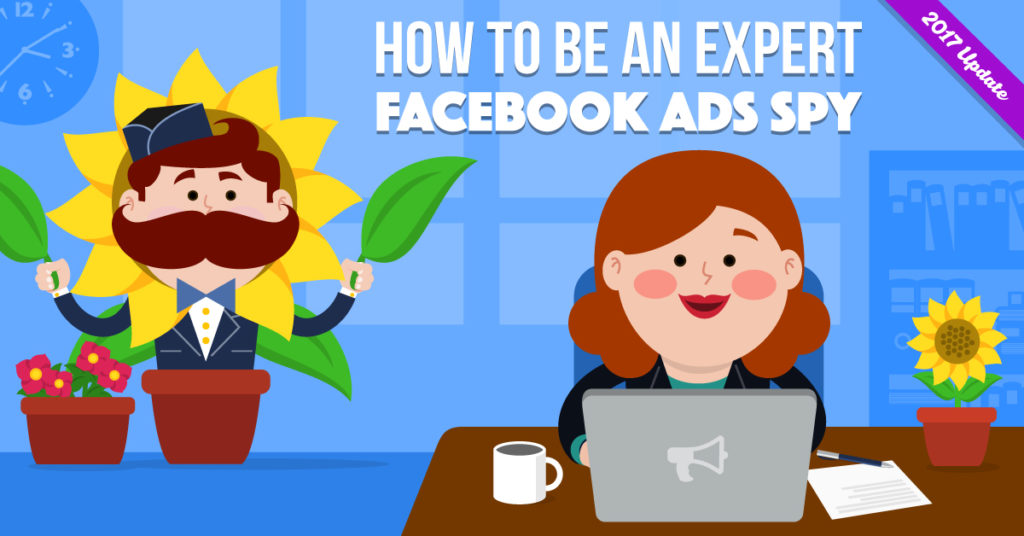

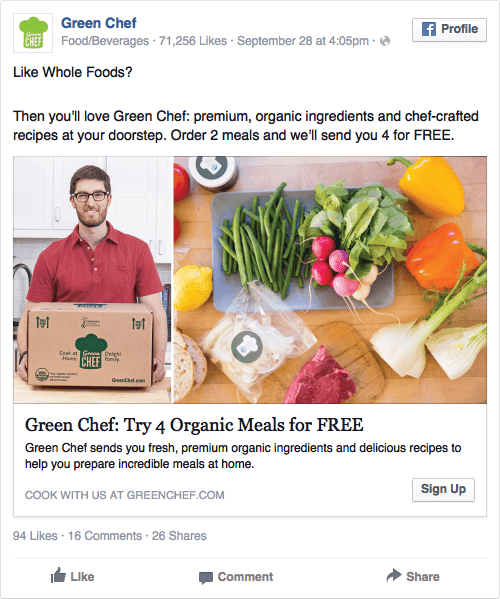

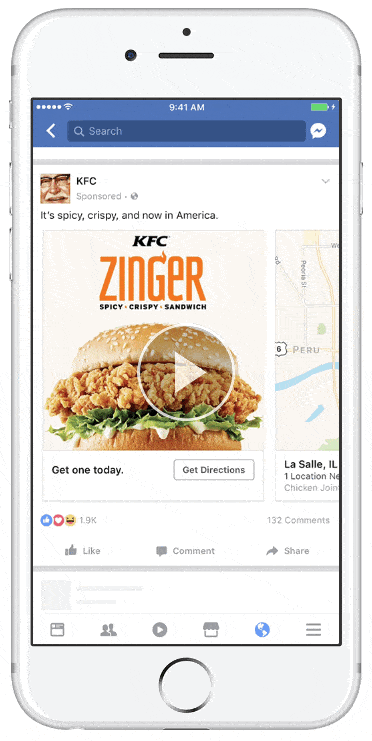
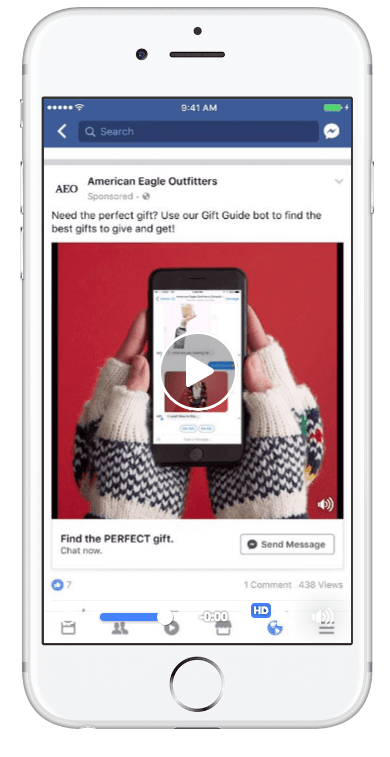
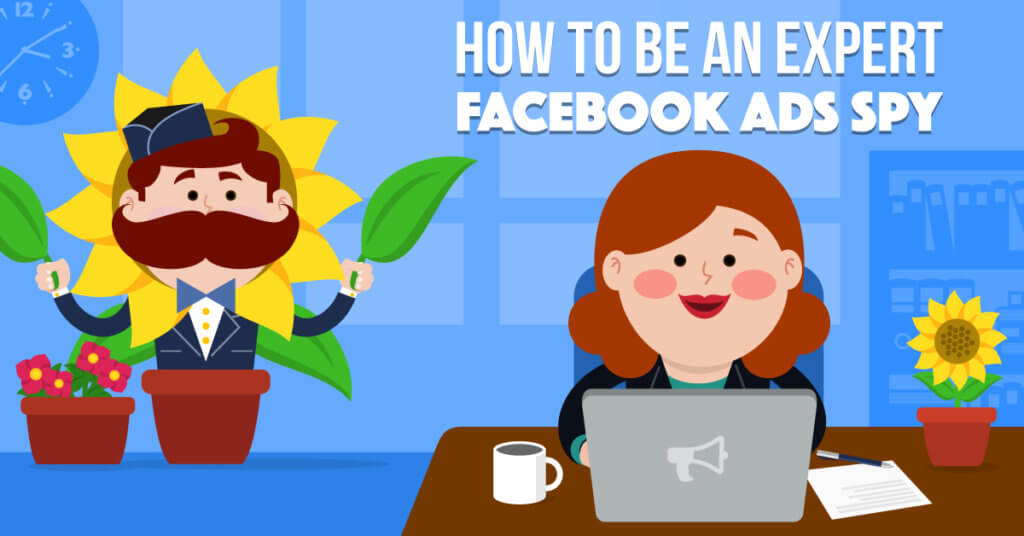
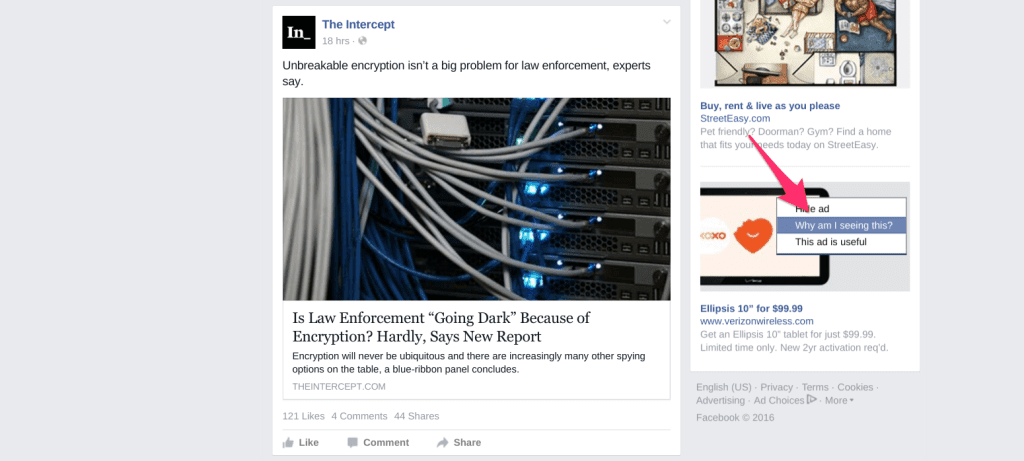
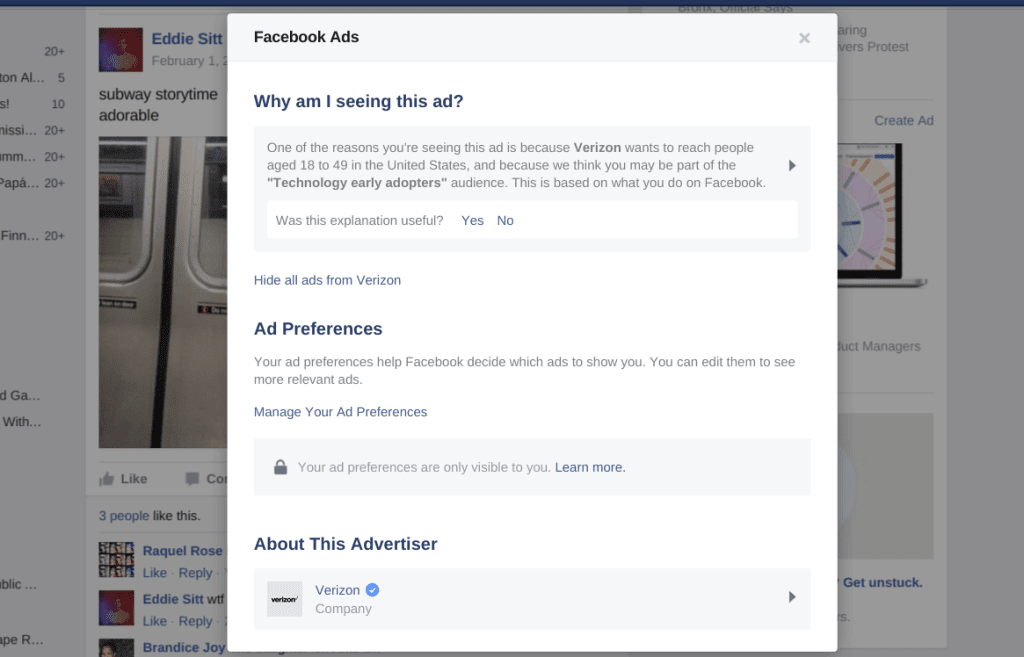

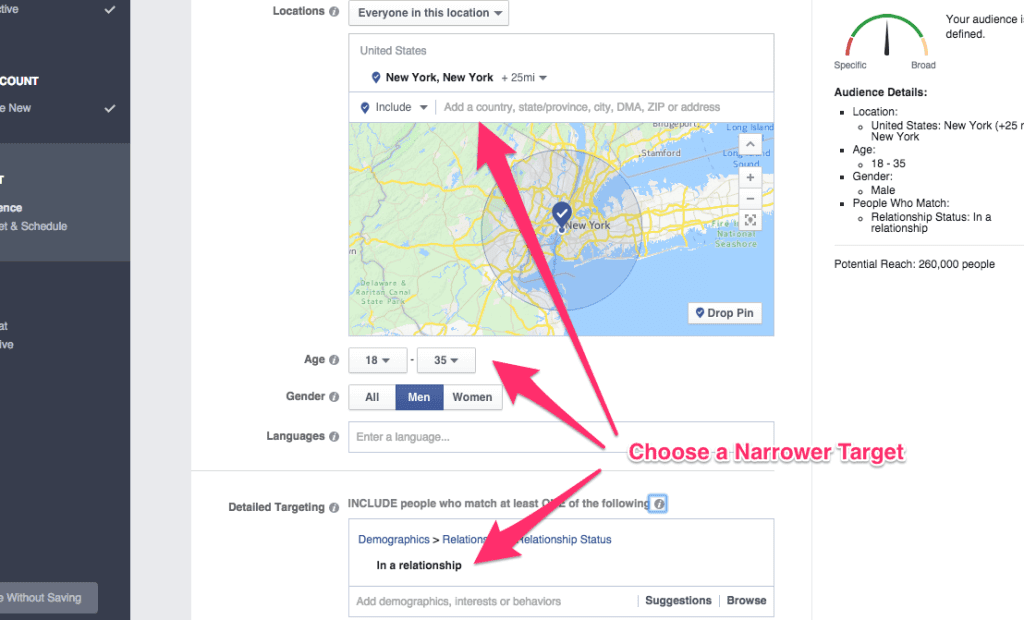
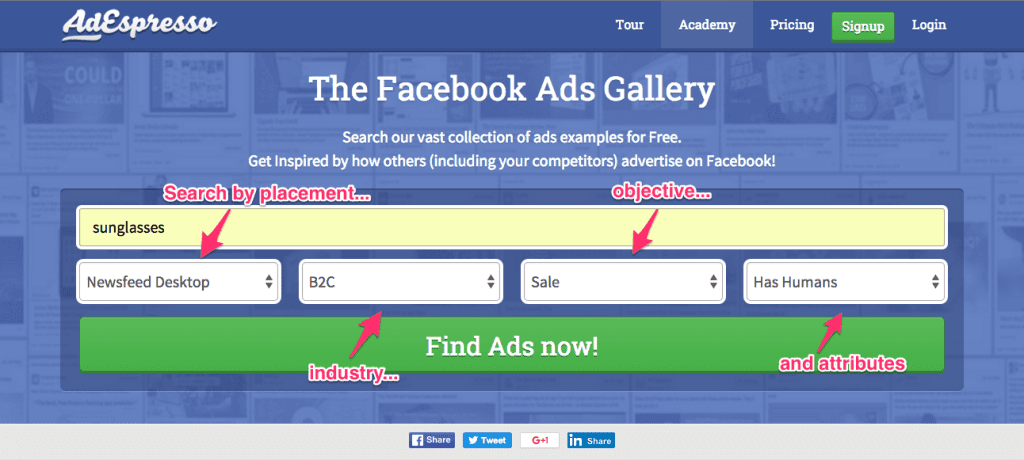
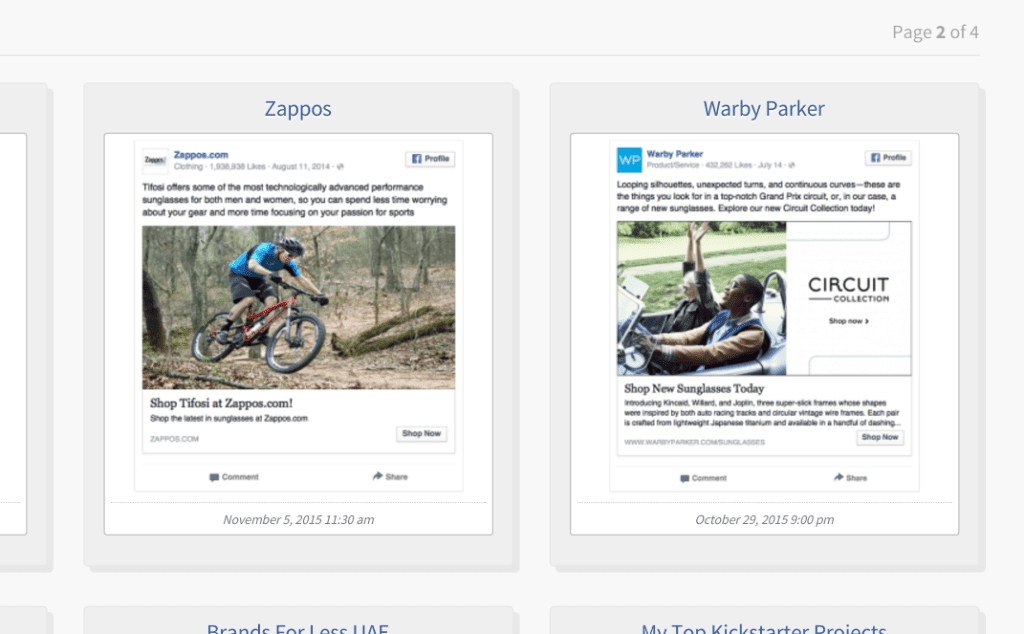
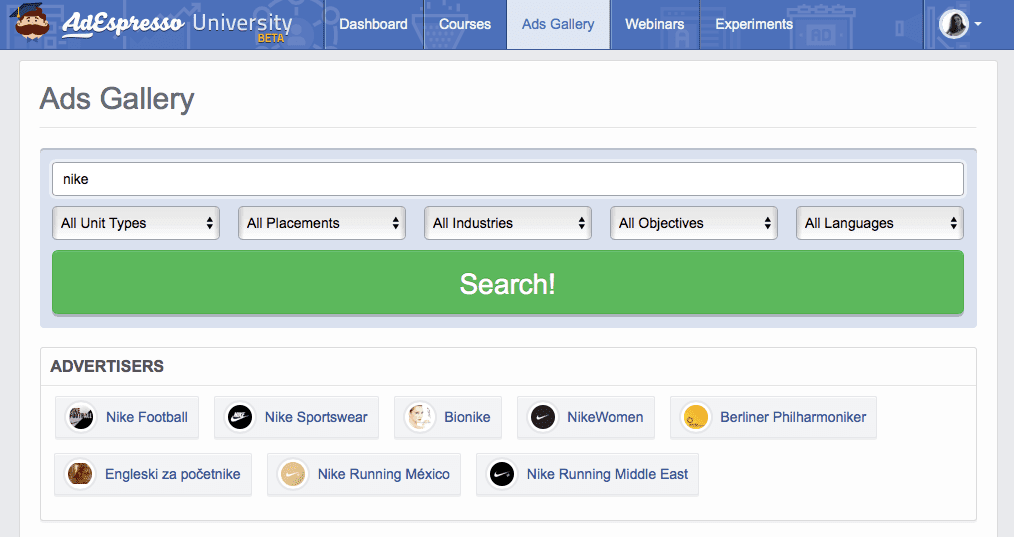

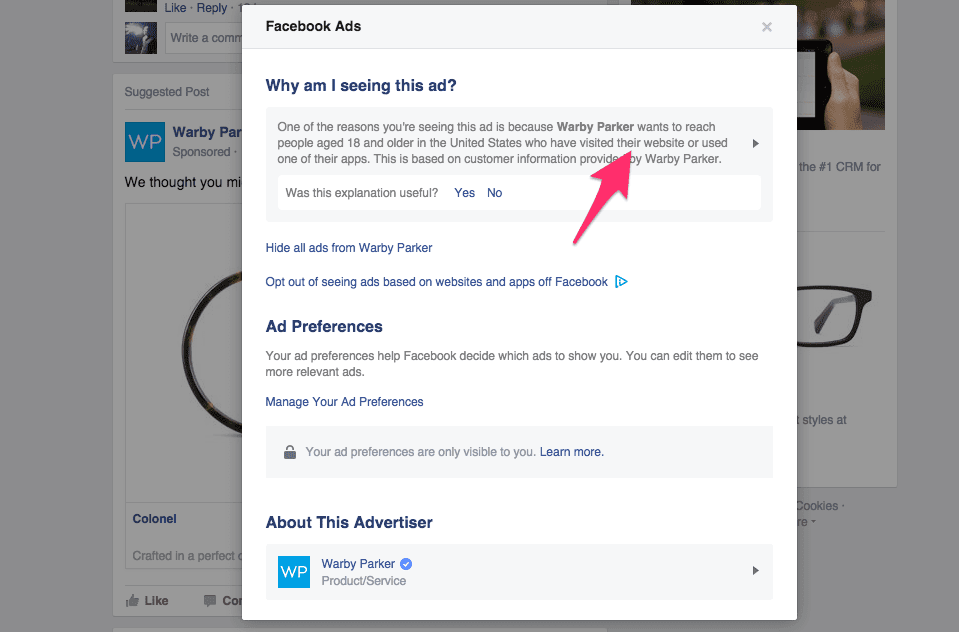
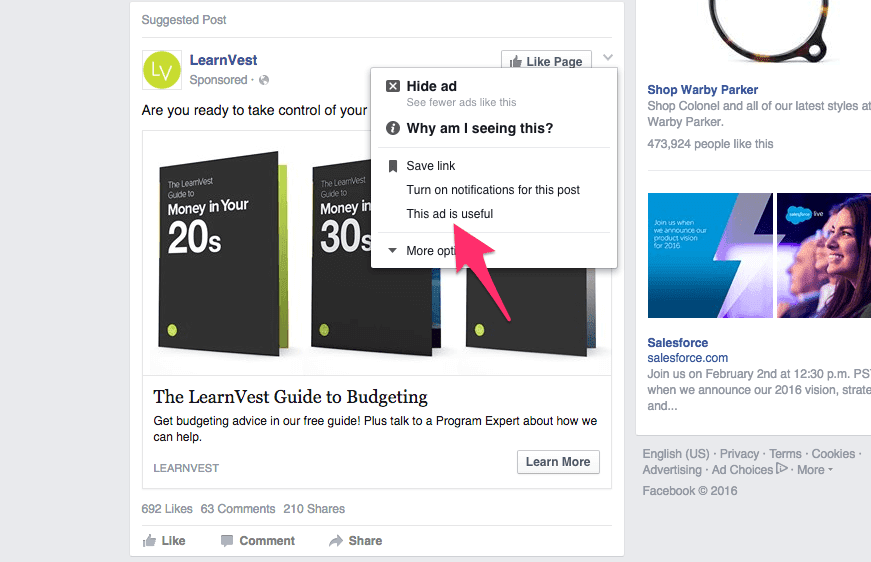

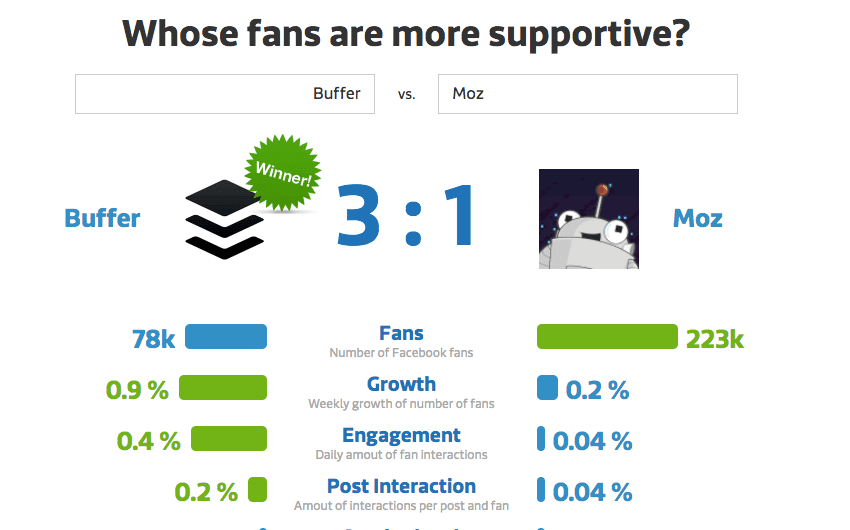
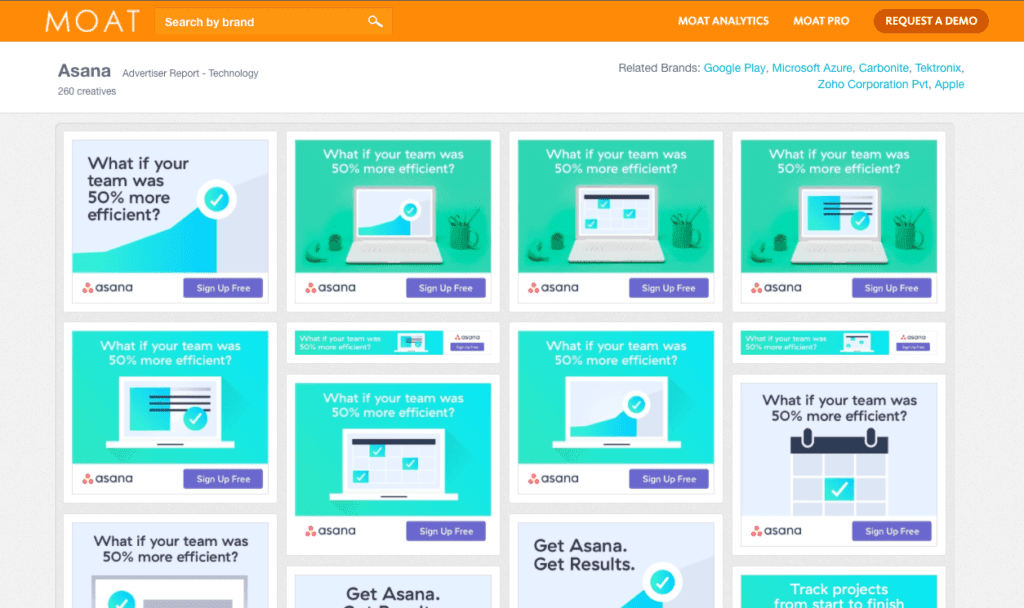

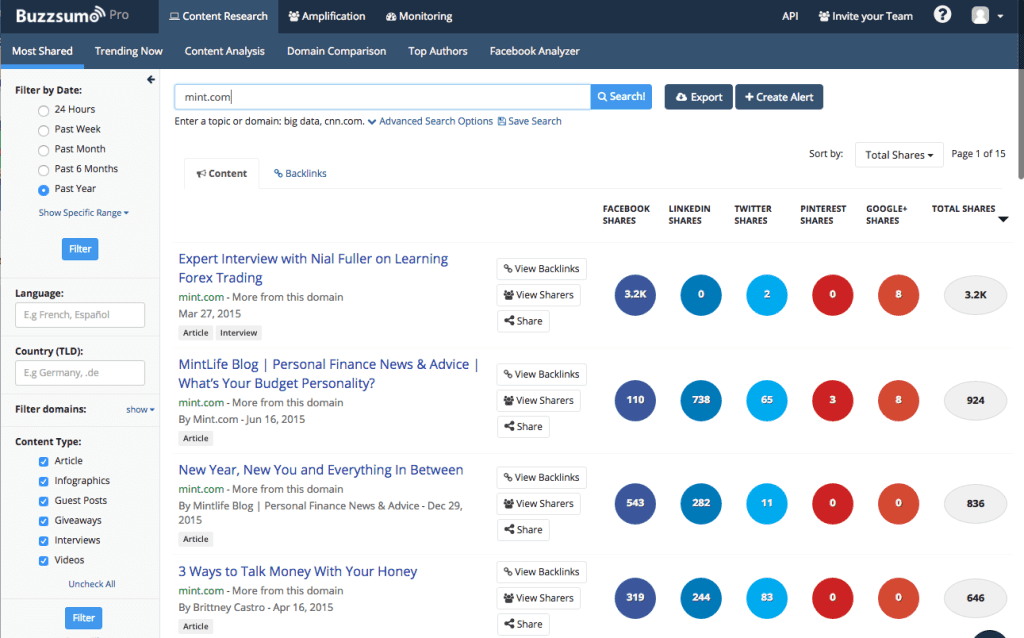
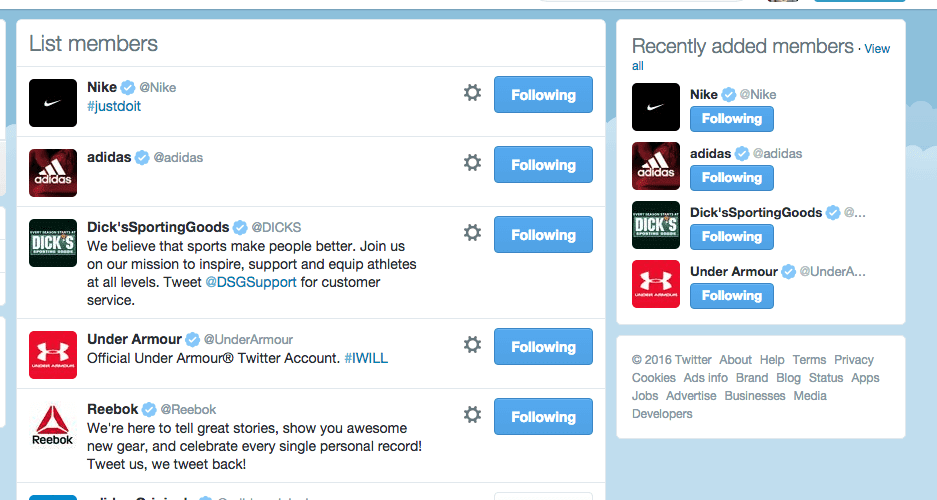
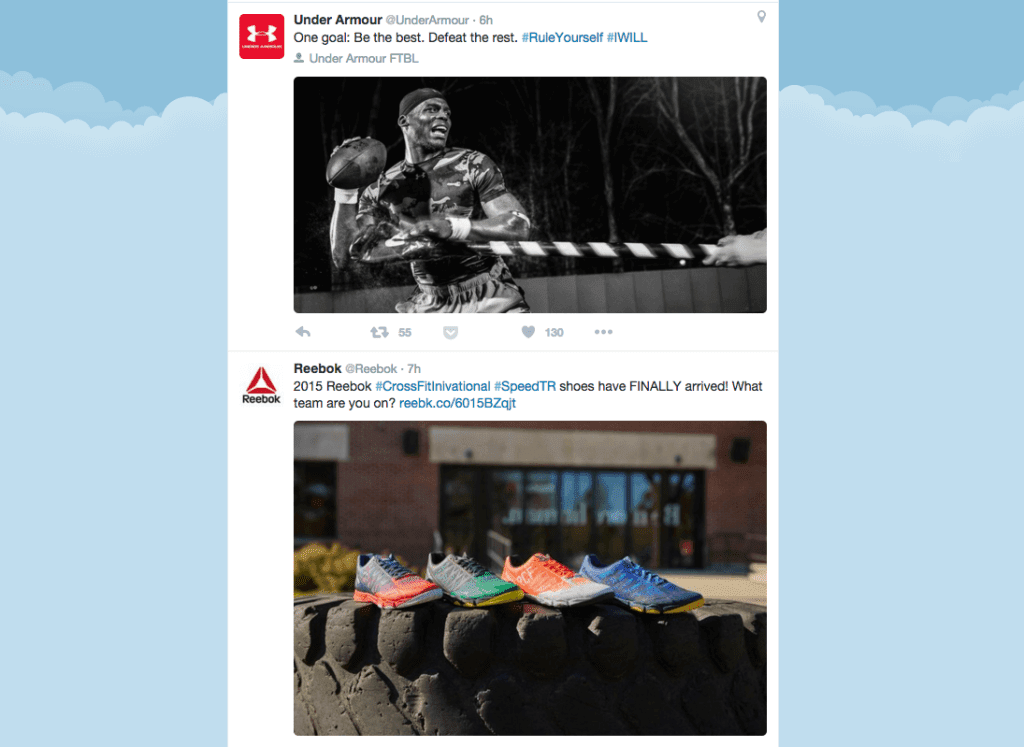
Wow, super in depth info. I like how you deal with the ethical feelings as well. Thanks again. Your content is super, I follow via Twitter
Great content that can be applied right now to get results. I actually like the feeling of being a spy (kind of James Bondish).
One major issue with this is you are wasting time wondering what other businesses are doing, rather than spending time making your own business better.
True Russell, You should focus on your business but having a good idea of how your competitors are marketing their product is always good as long as you don’t get obsessed with it!
Genius idea about getting on their customer audience list to see what their followup ad sequence is on Facebook as well, especially after converting into a lead.
Good information and most useful tips . i will do practically .Thank you Andrew Tate.
woooahh! great motivating post! I actually start doing all the steps but I have one obstacle. Moat is not giving me any information cuz, I guess, I’m from Italy and all my competitors are from Itlay. What other tool do you recomand to spy on my competitors PPC? (that work in Italy)
I can’t speak for others but personally when it comes to designing ads, i feel like curling up into a ball and hiding under my bed but alas that is not an option that i have!
Really a brief guide about finding our competitors ads detail.
Thank You
Peace \/
Great content that can be applied right now to get results. I actually like the feeling of being a spy , Thanks For Share
Thanks for sharing factors which affect Facebook ad performance & for sharing factor on which competitor analysis depends.
Genius idea about getting on their customer audience list to see what their followup ad sequence is on Facebook as well.
Thanks For sharing….
Very Informative article
Bookmarked your site for more content in future.
Awesome idea! One can get the result using these techniques in less time without doing SEO. Thanks for the share.
Thanks for sharing this awesome article
Many businesses nowadays are promoting on Facebook. So look at competitor’s Facebook business page to get their audience insight. For a better result, you can use LeadEnforce. They create a custom list from your competitor’s Facebook groups.
It’s great …
But I have a question that can I use this in 2019?
oh great, thank you for sharing this great knowledge.
keep it u
awesome nice work and good content keep it up.
Hi Awesome Article!
Thanks for sharing
Helped me a lot to spy !
Amazing idea to get more out of Facebook ads. I really enjoyed reading this article.
Genius idea about getting on their customer audience list to see what their followup ad sequence is on Facebook as well.
Really a brief guide about finding our competitor’s ads detail.
An amazing idea to get the result on a social media campaign with wasting time. Thank you for sharing your knowledge.
Hey, Author.
I have read-out this article & have got to know why we should have to run a competitive analysis on Facebook Ads.
Thanks, for sharing this amazing information with us.
Competitive analysis is a great way to learn from your competitors and improve your own Facebook Ads strategy. By understanding what’s working well for them, you can adapt and improve your own campaigns. Thanks for sharing this tip!